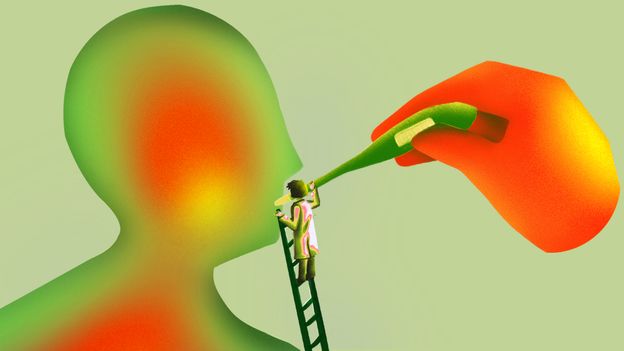That feeling. You know the one. The chills that shake you to your core, followed by a flush of heat that leaves you sweating and miserable. Your head aches, your muscles ache, and all you want to do is curl up under a blanket. It’s a fever, and it’s arguably one of the most common and uncomfortable symptoms of being unwell.
But here’s the fascinating part: for thousands of years, what we now understand as a crucial biological response was a profound, terrifying mystery that baffled even the most brilliant minds in medicine. Doctors across millennia were truly stumped, interpreting fever through lenses of supernatural influence, imbalances, or simply as an enemy to be brutally suppressed. It wasn’t until relatively recently that we truly began to grasp its surprising, vital purpose.
The Burning Question: A Millennia-Long Puzzle
Imagine a world without germ theory, without thermometers, without even a basic understanding of anatomy beyond the most visible organs. For ancient civilizations, a fever wasn’t just a symptom; it was often seen as the disease itself, or worse, a punishment. Greek physicians like Hippocrates, while revolutionary for their time, believed illness, including fever, stemmed from an imbalance of the four “humors”: blood, phlegm, yellow bile, and black bile. A fever meant too much hot, dry yellow bile.
Their treatments, understandably, revolved around restoring this balance – often through methods like bloodletting or purges, which we now know could be incredibly harmful. Others saw fever as an invading spirit or a curse. The sheer intensity and widespread nature of fever, often preceding or accompanying devastating plagues, only heightened its mystique and dread. It was a visible sign that something was deeply, terribly wrong, and its true nature remained stubbornly out of reach.
Unlocking the Body’s Internal Thermostat
The real breakthrough came with the advent of modern medicine, particularly microbiology and immunology. We started to understand that fever isn’t a disease; it’s a highly sophisticated response. When your body detects an invader – be it a virus, bacteria, or other pathogen – your immune system springs into action. Cells release tiny chemical messengers called “pyrogens.” These pyrogens travel to your brain, specifically to a region called the hypothalamus, which acts as your body’s internal thermostat.
Instead of maintaining the usual comfortable 98.6°F (37°C), the hypothalamus temporarily resets the target temperature higher. Your body then works to reach this new, elevated set point, causing you to feel cold and shiver (generating heat) until the fever takes hold. So, why the temperature hike? Two main reasons. First, many pathogens have an optimal temperature range for replication, and that range is often close to normal body temperature. By turning up the heat, your body becomes a less hospitable environment for them. Second, higher temperatures can actually boost the efficiency of certain immune cells, making them more effective at fighting off the infection.
As one infectious disease specialist puts it, “Fever isn’t a bug; it’s a feature. It’s our body’s ancient, brilliant defense mechanism kicking into high gear.” It’s a testament to millions of years of evolution, a built-in survival tool.
When to Sweat It (or Not)
Understanding fever’s purpose changes how we view it. For the most part, a mild-to-moderate fever (below 102°F or 39°C) in an otherwise healthy adult is a sign that your body is doing its job. It’s a natural, effective fighter. That’s why many doctors now advise against immediately suppressing a low-grade fever with medication, unless discomfort is severe, to allow the immune system to work unimpeded.
However, it’s crucial to remember that fevers can still be dangerous. Very high fevers, especially in infants, the elderly, or those with underlying health conditions, can lead to complications. The key is to pay attention to your body and accompanying symptoms. If a fever is extremely high, lasts too long, or is coupled with other severe symptoms like difficulty breathing, confusion, or a stiff neck, then it’s time to seek medical attention. It’s a balancing act: acknowledging its power while knowing when to seek help.
The next time you feel that familiar warmth, remember it’s not just a sign of illness; it’s a dynamic, sophisticated process. Your body, in its incredible wisdom, is fighting hard for you, using an ancient trick that baffled humanity for centuries but now reveals its genius.




